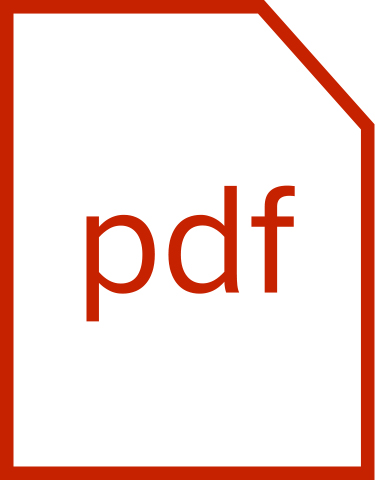THE WOODLANDS, Texas, April 30, 2019 /PRNewswire-PRWeb/ -- The latest edition of Crystallography Times from Rigaku Corporation has been published and is now available on the company's global website.
Crystallography Times is a monthly electronic newsletter published by Rigaku Oxford Diffraction (ROD). It focuses on single crystal X-ray diffraction and serves the X-ray analysis community by presenting the latest news and crystallographic research.
"Crystallography in the News" is a monthly collection of the latest news and developments, highlighting the latest research findings in small molecule and protein crystallography and X-ray diffraction from around the world.
One news article describes how researchers, using X-ray crystallography, determined the mechanism of the activated lecithin:cholesterol acyltransferase (LCAT) enzyme and its reaction in association with a drug-like chemical, revealing how it helps to return excess cholesterol to the liver.
Another news item reports that scientists in China have become the first to make a direct single bond between two yttrium centers as part of an endohedral metallofullerene. Theory had predicted the elusive bond, but researchers had struggled to realize it experimentally.
The Product Spotlight in the current issue features the latest version of CrysAlisPro – the user-inspired data collection and data processing software for small molecule and protein crystallography.
The latest release, CrysAlisPro v.40, is now fully 64 bit compatible. Moving to 64-bit gives applications access to more memory, enabling the handling of the very large image sizes and data sets generated by experiments with more powerful diffractometers, as well as support for large detectors with very high pixel counts, such as those commonly found at synchrotrons.
The "Lab in the Spotlight" feature highlights the Central Department of X-ray Structure Analysis at the Technische Universität Braunschweig. The facility has three single-crystal diffractometers – two Rigaku XtaLAB Synergy-S systems, both with Rigaku HyPix-6000HE Hybrid Photon Counting (HPC) detectors, and a Rigaku Xcalibur instrument with an Eos Charged Coupled Device (CCD) detector. In addition to the structure elucidation of small molecules, which is the laboratory's primary job, data collection on protein crystals and powder diffraction measurements can be performed.
The new book review covers The Big Nine: How the Tech Titans and Their Thinking Machines Could Warp Humanity by Amy Webb, a quantitative futurist and professor of strategic foresight at NYU's Stern School of Business. The Big Nine refers to the nine major technology companies around the world at the forefront of artificial intelligence (AI) research and development. The book presents a warning about the invisible ways in which the foundations of AI are broken and how AI will, by design, begin to behave unpredictably.
Also included are 21 recently published scientific papers, a schedule of upcoming events, and access to the Rigaku Oxford Diffraction user forum.
Crystallography Times is published monthly. Readers can subscribe to the newsletter or view the current issue online at https://www.rigaku.com/subscribe.
About Rigaku Oxford Diffraction (ROD)
ROD was formed as the global single crystal business unit of Rigaku Corporation after the acquisition of the former Oxford Diffraction organization from Agilent Technologies in 2015. ROD is a leader in the field of single crystal analysis, both in the field of chemical crystallography as well as well as macromolecular crystallography. Formed in 1951, Rigaku Corporation is a leading analytical instrumentation company based out of Tokyo, Japan.
For further information, contact:
Michael Nelson
Rigaku Global Marketing Group
tel: +1. 512-225-1796
[email protected]
SOURCE Rigaku


Share this article